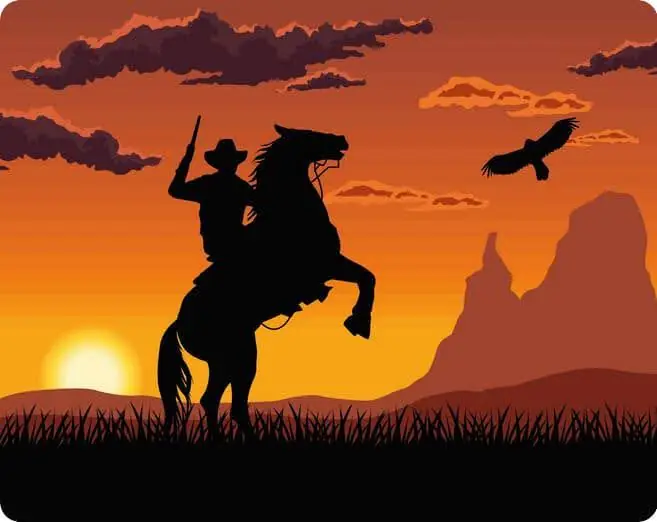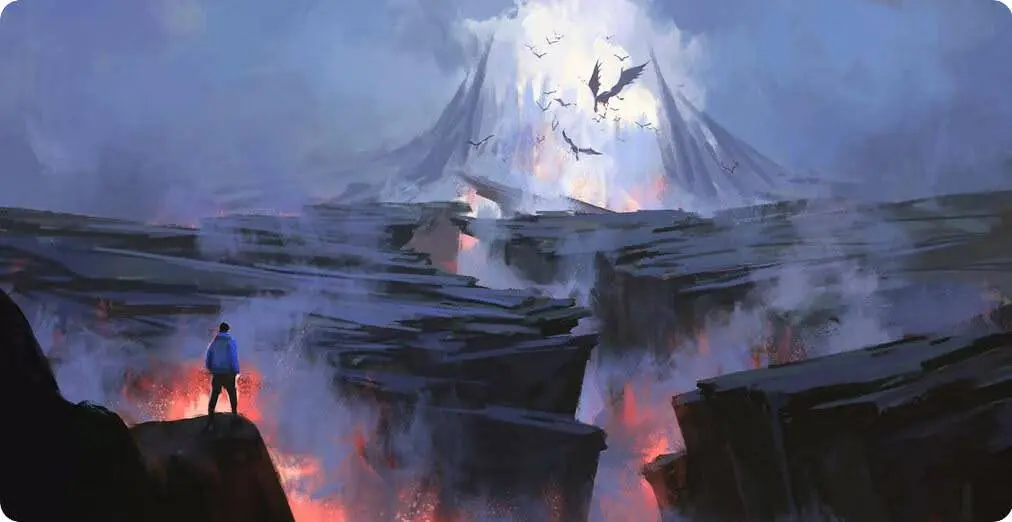Table of Contents
There’s this moment in every open-world game that gets me, when you forget the main quest exists.
You are halfway across a mountain you weren’t supposed to climb, chasing some random light in the distance, and you realize you’ve been wandering for hours without caring about XP or loot. It’s pure, quiet curiosity. That’s the pull that keeps me coming back.
I’ve played open-world games for years, and no matter how much the tech improves – graphics, AI, ray tracing, all that – the magic stays the same. It’s much more than realism. It’s how the game makes you want to see what’s beyond that next ridge.
The Freedom That Feels Real
In a good open-world game, freedom isn’t just about going anywhere. It’s about meaningful choices. You can storm the fortress head-on or sneak through the shadows. You can fish for an hour instead of fighting dragons. Every action feels like yours, not what a designer scripted.
Games like The Witcher 3, Elden Ring, or Red Dead Redemption 2 hit this balance perfectly. They give you a story worth caring about but never punish you for ignoring it.
You can ride off into nowhere, stumble on a broken cabin, and still feel rewarded. That’s the difference between “sandbox” and “world.” A sandbox gives you tools. A world gives you reasons.
The Quiet Between the Quests
Most people talk about open-world games like they are all about scale. Bigger maps, longer campaigns, endless content. But the real beauty is in the quiet.
It’s those little pauses between chaos, like the rustle of trees in Skyrim, the soft hum of a neon city in Cyberpunk 2077, or the way a sunset hits the ocean in Ghost of Tsushima.
Those small moments remind you why you play in the first place. You stop chasing markers on the map and start noticing the world around you. That’s when the game stops being a challenge and starts being a place you live in for a while.
When Exploration Becomes Escape
Sometimes I think open-world games hit differently because they mimic the way life should feel – unpredictable, unscripted, and full of side quests you didn’t plan for.
There’s something deeply human about wandering off track. Maybe it’s because we’re wired for curiosity, or maybe it’s just nice to have control over a world when real life doesn’t always offer that.
I’ve had rough weeks where I log into a game not to win, but to breathe. Just riding through a quiet valley or watching rain fall on digital streets can reset my brain better than most self-help books.
How Developers Hook Us Without Tricks
A lot of people think game studios just make worlds bigger to keep players busy. But that’s not the secret. The real trick is creating believable spaces.
Developers who understand that, like Rockstar, CD Projekt Red, or Guerrilla, know how to make small details matter. The way NPCs react when you ride through town. The random note left in a cabin that hints at a story you’ll never fully know. It’s those fragments that make exploration addictive.
The smartest devs also know when to hold back. Too many icons on a map, and it starts to feel like work. The best open-worlds know how to make you curious without shouting for attention. They don’t need constant rewards, as the world itself is the reward.
The Social Side of Solitude
Even though open-world games are mostly solo experiences, they have this strange way of connecting people. We all remember that first time we found a hidden quest or tamed a wild horse, and we wanted to share it with someone.
It’s the same reason players still trade stories from Breath of the Wild years later. You can have a thousand players in the same game, but everyone’s story feels unique. That’s powerful.
It’s like campfire storytelling for the digital age. Your own version of the same myth, told through your choices.
The Trap of Endless Content
Of course, there’s a downside. Some open-world games drown in their own ambition. When everything’s big, nothing feels special.
I’ve quit games halfway through because the map looked like a to-do list – side quests, collectibles, challenges, all shouting for attention. That’s when you realize the difference between freedom and noise.
A truly great open-world game knows when to stop talking. It lets the player decide what matters. The best ones trust you to write your own story without holding your hand.
Why We Keep Coming Back
Open-world games grab us because they tap into something old – a craving for adventure. The thrill of getting lost, finding hidden places, or chasing something unexpected keeps pulling you in.
It’s like why people wander through new cities with no plan or go on hikes just to see what’s around the next bend. Exploration feels natural. These games let you do it without leaving your couch.
Even now, I still fire up a new title just to roam around, check out the world, and see what surprises await – often forgetting the main story completely.
Where the Real-World Crosses Over
Gaming and real life keep blending more every year. Communities form around exploration, not just competition.
That’s also why it’s interesting to see how other digital platforms, like https://www.aussiecasinos.com/, are borrowing elements from open-world gaming.
The mix of freedom, immersion, and discovery isn’t just for RPGs anymore; it’s becoming the blueprint for how we interact with all kinds of online entertainment.
The Final Step Into the Unknown
The next frontier for open-world games might not even be size. It might be depth. Smarter AI, living worlds that evolve without scripts, and choices that really matter years after release.
But honestly, I don’t need every world to be perfect. I just need them to feel alive. Because as long as there’s a horizon I haven’t reached yet, I’ll keep walking toward it – one more quest, one more sunset, one more story waiting to be found.







